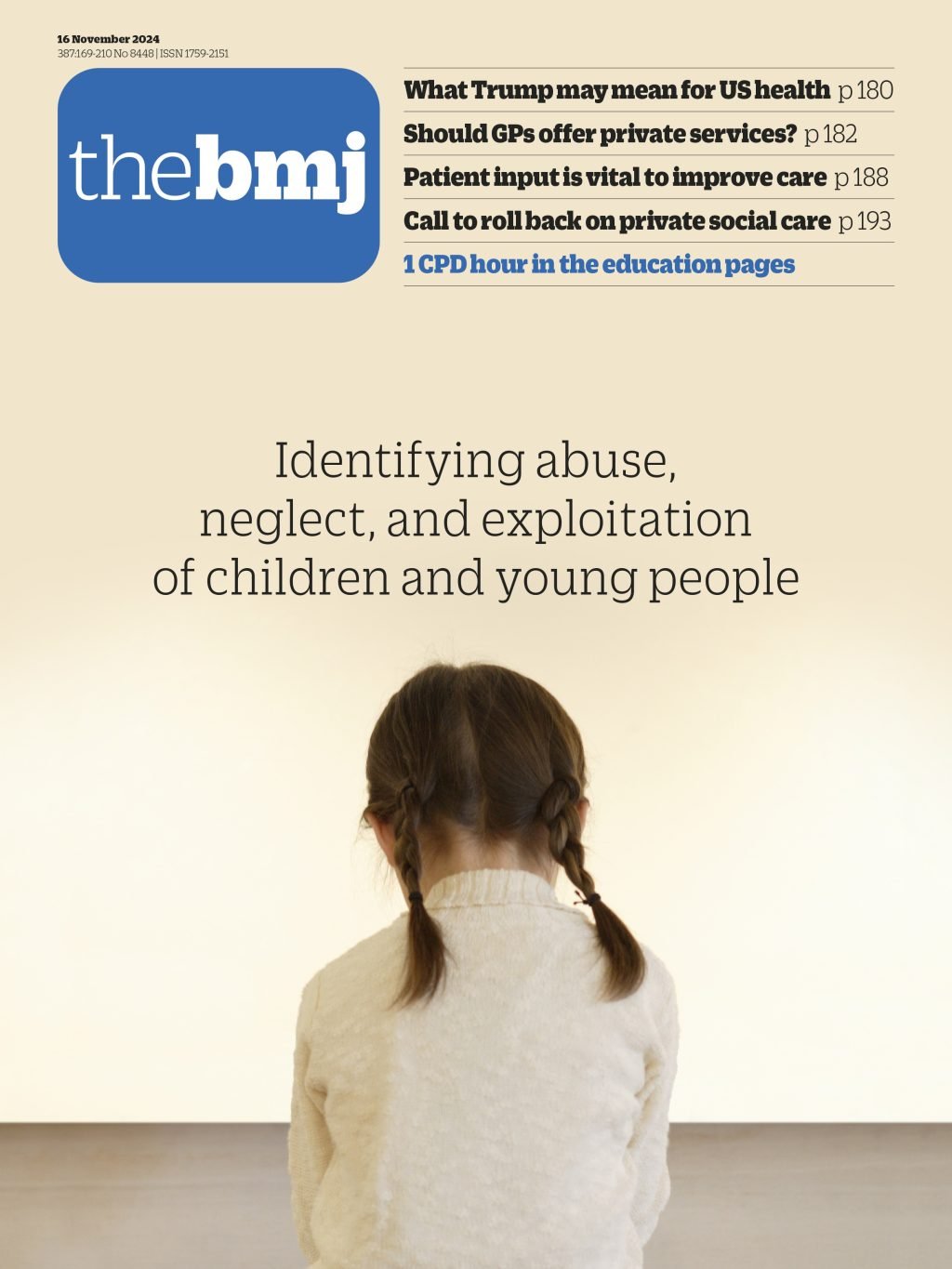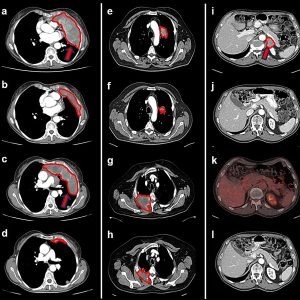
The decision to introduce legislation in the UK to regulate Physicians Associates (PAs) and Anaesthetic Associates (AAs) has been hotly contested. From a historical perspective, this is to be expected. The emergence of new occupational groups, especially where they impinge on existing ones, has often created tensions. Therefore, it is superficially attractive to see this dispute as no different to previous “boundary disputes,” as when nurses extended their roles into areas traditionally occupied by doctors.1 The relationship between these groups can be seen as a Venn diagram. Each has a distinct core body of knowledge, and any disputes arise on either side of the lines demarcating where their roles overlap.
The situation with PAs and AAs is entirely different. Rather than a Venn diagram, there is one smaller circle entirely within another, as PAs and AAs have no distinct body of knowledge or skills separate from that of physicians. While they are trained in the so far undefined “medical model,”2 they do not autonomously define the scope of that training. Nor can they determine their scope of practice.
While there is disagreement about what this scope would be, both the NHS and General Medical Council (GMC) have agreed that they must be supervised by a named clinician who must take at least some responsibility for what they do. Consequently, their scope must be what that doctor is prepared to take responsibility for. It is a decision that must consider PAs and AAs greatly reduced training in the mechanisms underlying health and disease. This is analogous to the relationship between nurses and nursing assistants, whose addition to teams has been associated with worse patient outcomes.3 Seen this way, there is a fundamental clash between how PAs and AAs are often employed and how they should be. They have the skills and experience to assist doctors, but should not substitute for them, even though this principle is widely flouted. This begs the question of what their scope of practice should be.4
Here lies the problem. Before the passage of the Anaesthesia Associates and Physician Associates Order 2024, nobody sought to define their scope of practice. Instead, this was explicitly delegated to employers by NHS England. The Physician Associate Managed Voluntary Register had no powers to define scope of practice and was entirely voluntary. As the regulator, once the Act comes into force in December 2024, one might look to the GMC. Yet it has abdicated any responsibility, refusing even to publish the results of a consultation into the role of PAs,5 despite a daily reminder on social media.
This regulatory vacuum is even more surprising when one realises that PAs and AAs have worked in the NHS for over two decades. In the USA, for example, the first attempts to regulate PAs came soon after their introduction, with 22 American federal acts touching on training, scope, and deployment over the past 40 years.6
The more relaxed approach over the past decade to a new occupational group making potentially life-changing decisions contrasts with frenzied attempts to define scope of practice now. Separate documents have been issued by NHS England,7 the Academy of Medical Royal Colleges (AoMRC),8 individual Royal Colleges,9101112 the British Medical Association (BMA),13 and groups representing some PAs.14 Other organisations have issued guidance on specific areas of work, typically in response to concerns.15 A document from the Royal College of Physicians (RCP), including medical specialist societies, is also awaited. The problem is not just the volume of guidance and its diversity in length, content, granularity, and intended audience; but also some of these organisations sometimes seem to have been competing. The AoMRC, which had received an embargoed copy of the BMA guidance,13 unexpectedly released its own two days before the BMA one. Even more surprisingly, it was endorsed by the then President of the RCP even though the College’s position on PAs was to be discussed at an Extraordinary General Meeting soon after.16
Meanwhile, the GMC’s view remains that scope of practice should be agreed locally, despite evidence that some trusts have been slow to act on concerns such as illegal prescribing.17
Somehow, responsible employers must reconcile the irreconcilable. Inevitably, some medical bodies have decided that it is all too difficult and are asking whether PAs and AAs have any role, especially given evidence that supervision demands question whether their employment can ever be cost-effective.18
When legislators and regulators fail to fill a vacuum, the task inevitably falls to the courts. This may require only a clarification of words. However, it can easily create uncertainty that leaves no alternative but to legislate. And legal cases typically begin only after something has gone wrong.
If it is decided that PAs and AAs have long term roles, then the NHS in each nation, working with medical organisations, might usefully define them within a comprehensive review of how doctors’ working conditions can be improved. The United Kingdom could usefully learn from the French experience where assistants médicaux undertake administrative and basic clinical tasks and coordinate care pathways.19 Otherwise, it may be best to conclude that this experiment has failed, pause the rollout, and find bespoke solutions for those who have already completed training, including retraining as doctors.2021 PAs and AAs have demonstrated a vocation and have much to offer. But we are in uncharted territory, and time is running out. The GMC now owns this problem and is morally responsible for proposing a way to fix it.
Footnotes
-
Competing interests: LV a Fellow of, and former Harveian Librarian elected Council Member of the Royal College and of Physicians of London. MM is a Fellow of the Royal College of Physicians of London and was one of the signatories of the call for the Extraordinary General Meeting.








